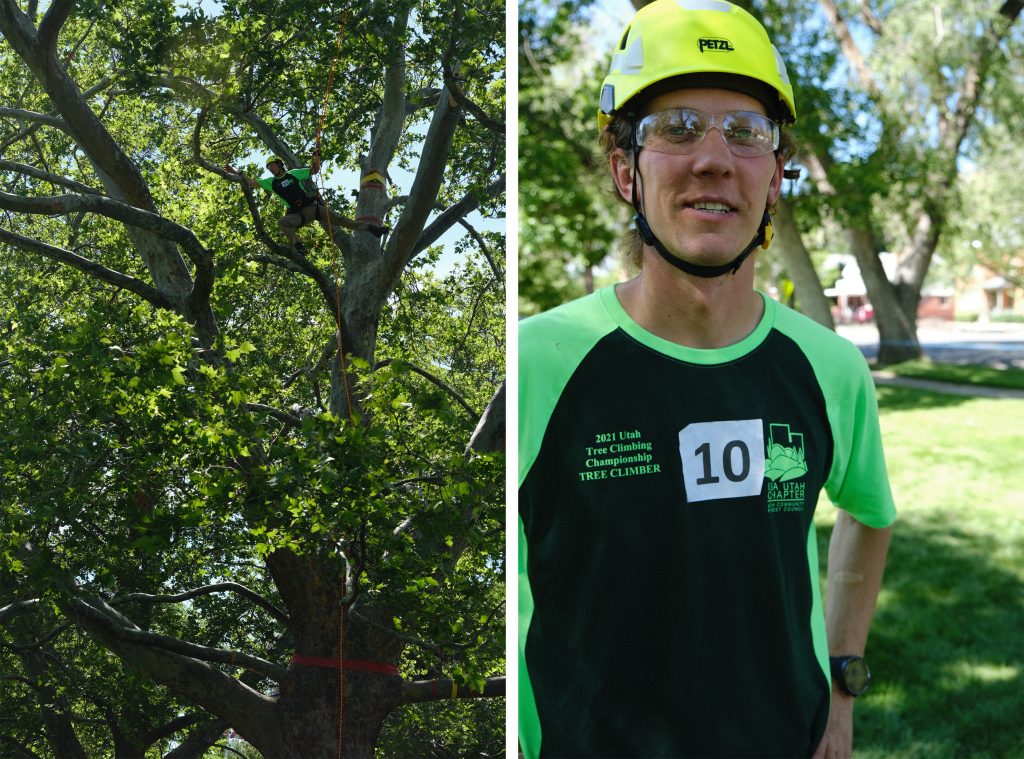
Former Vertical Access employee Keith Luscinski is now the Technical Institute Manager for Petzl. Recently he competed in his second-ever tree climbing competition. The previous year he landed 6th place and this year he dropped to 14th. “I prepared a lot for it, but there’s no way to compete with people who climb trees everyday and have years of experience.”
Keith is a self-taught tree climber, using the trees initially to practice rock climbing rescue skills. Eventually though, he fell in love with his time working at-height in a natural environment. While studying at Cornell University and a few years following, he taught classes on tree climbing techniques, which included regional classes in the upstate NY area for Cornell researchers. Tree climbing took him from the Sequoias to Costa Rica to Madagascar.
Now, five years later, Keith stepped into the competitors ring. “I wanted to start competing for professional development reasons; to learn more about tree climbing techniques and the tree care industry.”
Read the full story from Petzl here: https://www.petzl.com/US/en/Professional/News/2021-6-18/Self-taught-from-baobabs-to-competitions
Keith came to Vertical Access in 2006 with a background in industrial engineering and years of experience rock climbing and tree climbing throughout the world.
Keith Luscinski worked for Vertical Access from 2006 to 2017, “climbing” from a Society of Professional Rope Access Technicians (SPRAT) Certified Level I Technician all the way up to a SPRAT Certified Level III Rope Access Supervisor. During his time at Vertical Access, Keith served as the Society of Professional Rope Access Technicians (SPRAT), chair of the Safety Reporting Committee in 2016 as well as the chair of the Research Grant Committee from 2014 – 2016.
He has combined his knowledge of rigging and engineering to design and test industrial rope access equipment. Through a grant from The National Center for Preservation Technology and Training, Keith tested various types of mechanical anchor systems in sandstone and limestone. He also developed a rolling anchor system that permits efficient hands-on inspections of cable-stayed bridges.
Before joining Vertical Access, Keith worked for Cornell Outdoor Education to pioneer recreational tree climbing instruction. He helped implement institutional standards and safety protocols that are being adopted by similar organizations throughout the country.
We are so grateful to have had Keith on our staff and excited to follow his adventures with Petzl!
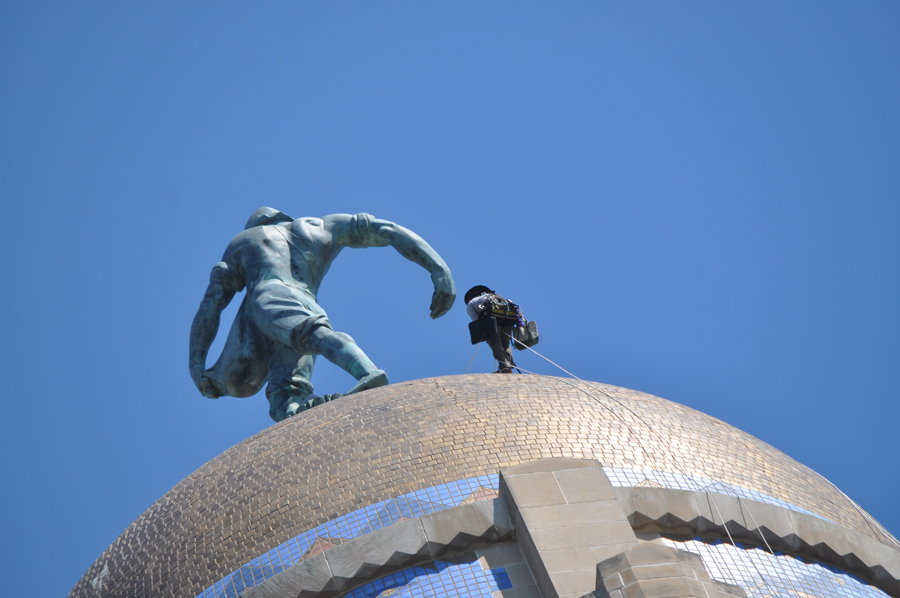

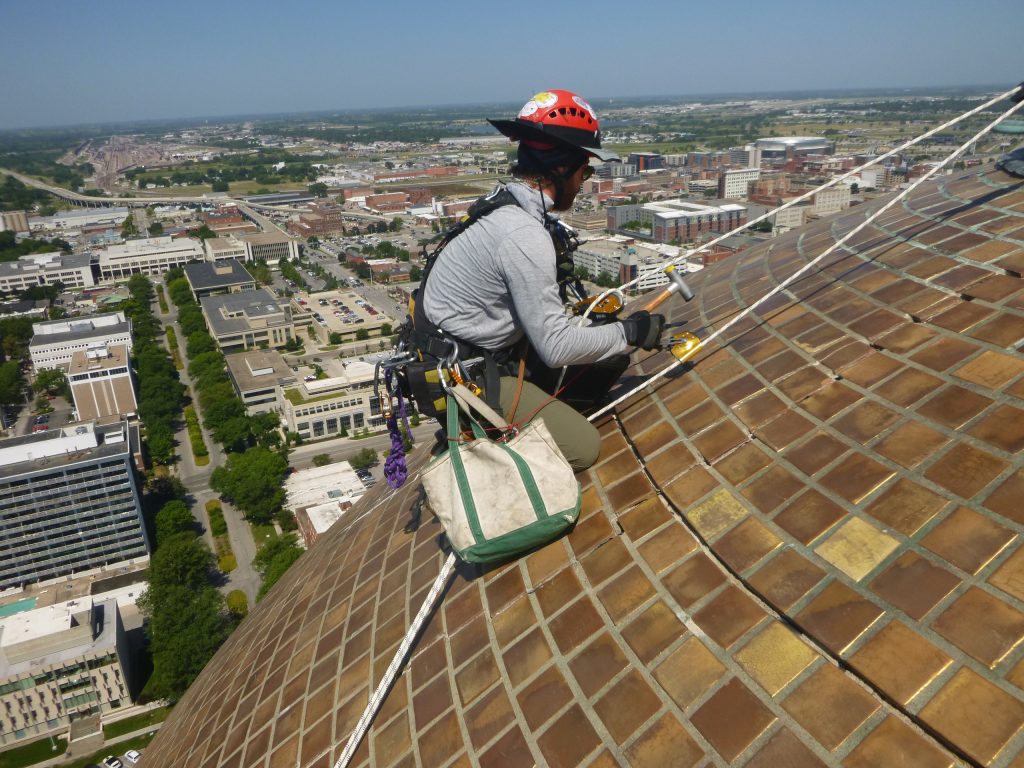
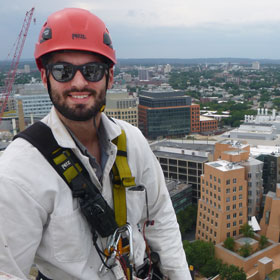 Mike Russell, EIT, recently trained and was certified to the Society of Professional Rope Access Technicians (SPRAT) Level III Supervisor. According to SPRAT’s
Mike Russell, EIT, recently trained and was certified to the Society of Professional Rope Access Technicians (SPRAT) Level III Supervisor. According to SPRAT’s 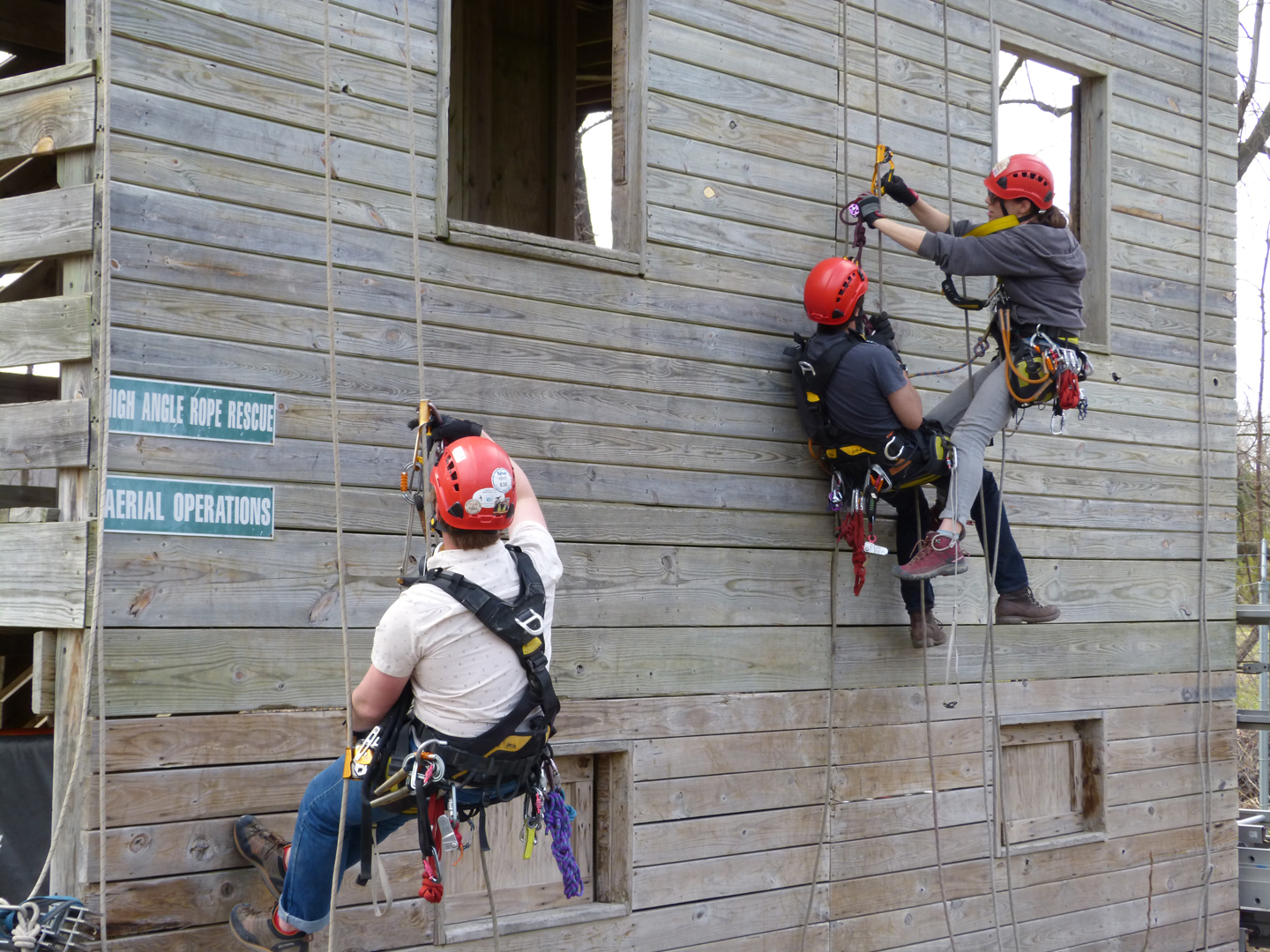
 ASSE Professional Development Conference & Exposition takes place in Atlanta, GA from June 26 through June 29, 2016.
ASSE Professional Development Conference & Exposition takes place in Atlanta, GA from June 26 through June 29, 2016.
